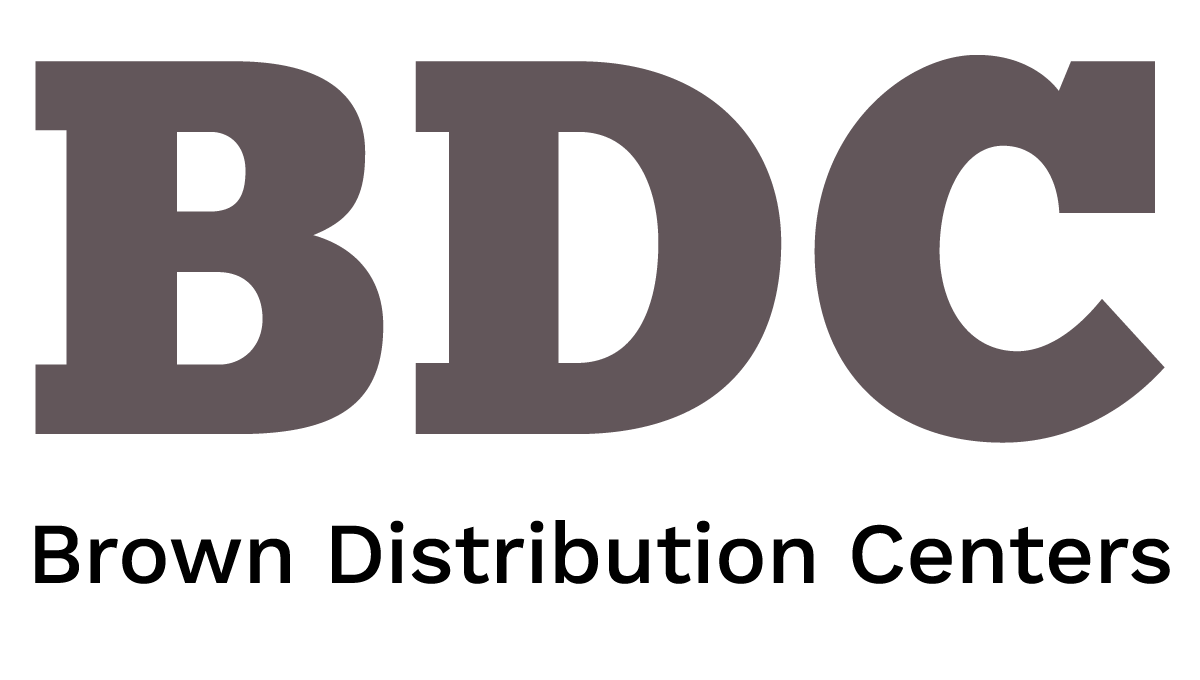
Warehouse and Distribution Pricing
Factors That Go into Warehouse Pricing
-
Storage fees are determined by the amount of space your products occupy, the type of items, and how long they are stored in the warehouse. Costs can vary based on these factors, and optimizing space usage can help reduce overall expenses.
-
Expenses related to moving, packing, and processing inventory, including staff wages and equipment.
-
Inventory management involves tracking and controlling stock levels to ensure products are available when needed. Proper inventory management systems help prevent stockouts, overstocking, and inefficiencies in product handling.
-
Proximity to major freight transportation hubs such as seaports, inland ports, rail yards, air cargo hubs, and interstate routes can significantly reduce shipping times and costs, enhancing overall supply chain efficiency.
-
The nature of the products (e.g., perishable goods, hazardous materials, high-value items) can impact pricing due to special handling, climate control, or security requirements.
-
The integration of advanced technologies like robotics, automated picking systems, and Warehouse Management Systems (WMS) enhances operational efficiency, accuracy, and speed.
-
Variations in demand, especially during peak periods, can lead to variable pricing. Warehouses may charge higher rates when storage space and labor are in higher demand during busy times.
Warehousing costs vary primarily based on storage type and handling requirements:
Storage:
Standard Pallets: $7-30/month
Square Footage: $0.50-2.00/month
Climate Control: +20-50% premium
Cross-Docking: $10-50/pallet
Storage costs depend heavily on stackability. Products that can stack 2-3 pallets high use vertical space efficiently, reducing costs. Non-stackable or irregular items require more floor space, increasing costs.
Pallet Handling Costs ($15-35/hour):
Basic pallet moves (unload/load): $15-20/hour Involves standard forklifts moving sealed pallets between truck and storage
Pallet putaway/retrieval: $20-25/hour Includes scanning, location assignment, and rack placement/removal
Complex pallet handling: $25-35/hour Covers stretch wrapping, pallet rebuilding, or handling oversized/damaged pallets
Carton Handling Costs ($20-50/hour):
Case pick operations: $20-30/hour- Basic carton selection from pallet locations
Break-pack operations: $30-40/hour- Opening cases, picking individual items, repacking into new cartons
Special handling: $40-50/hour Includes
FAQs
What Additional Fees Should I Consider?
Your 3PL partnership may include various operational fees beyond base storage and handling costs. These typically cover receiving your inventory, pick and pack services, and additional product handling. You should also expect charges for custom labeling, order processing, and specialized packaging needs. Additional services like cross-docking and climate-controlled storage incur separate fees.
How is 3PL Warehouse Pricing Determined?
Pricing for 3PL warehousing is calculated based on several key factors. Storage costs are typically charged per pallet or square foot, while additional fees depend on service complexity (including pick and pack operations, custom labeling, and climate-controlled storage). Order volume plays a significant role in pricing, along with labor needs and shipping distances. The frequency of transactions impacts overall costs. Specialized services like returns processing, cross-docking operations, and inventory management systems may incur additional charges. Each 3PL provider structures their pricing model uniquely, taking these various elements into consideration to create customized quotes.
Why Do Prices Differ Between Companies?
When choosing a 3PL partner, understand that pricing varies widely across providers. Premium services like climate-controlled storage and advanced inventory management systems naturally command higher rates due to their specialized equipment. Strategic warehouse locations, particularly in high-demand areas, typically cost more but offer faster delivery times. While some 3PLs offer straightforward flat-rate pricing, others use dynamic models based on your shipping volume and frequency. The quality of facilities, technology infrastructure, and local labor markets also shape pricing. Consider these factors carefully to find the right balance of service and cost for your business needs.

